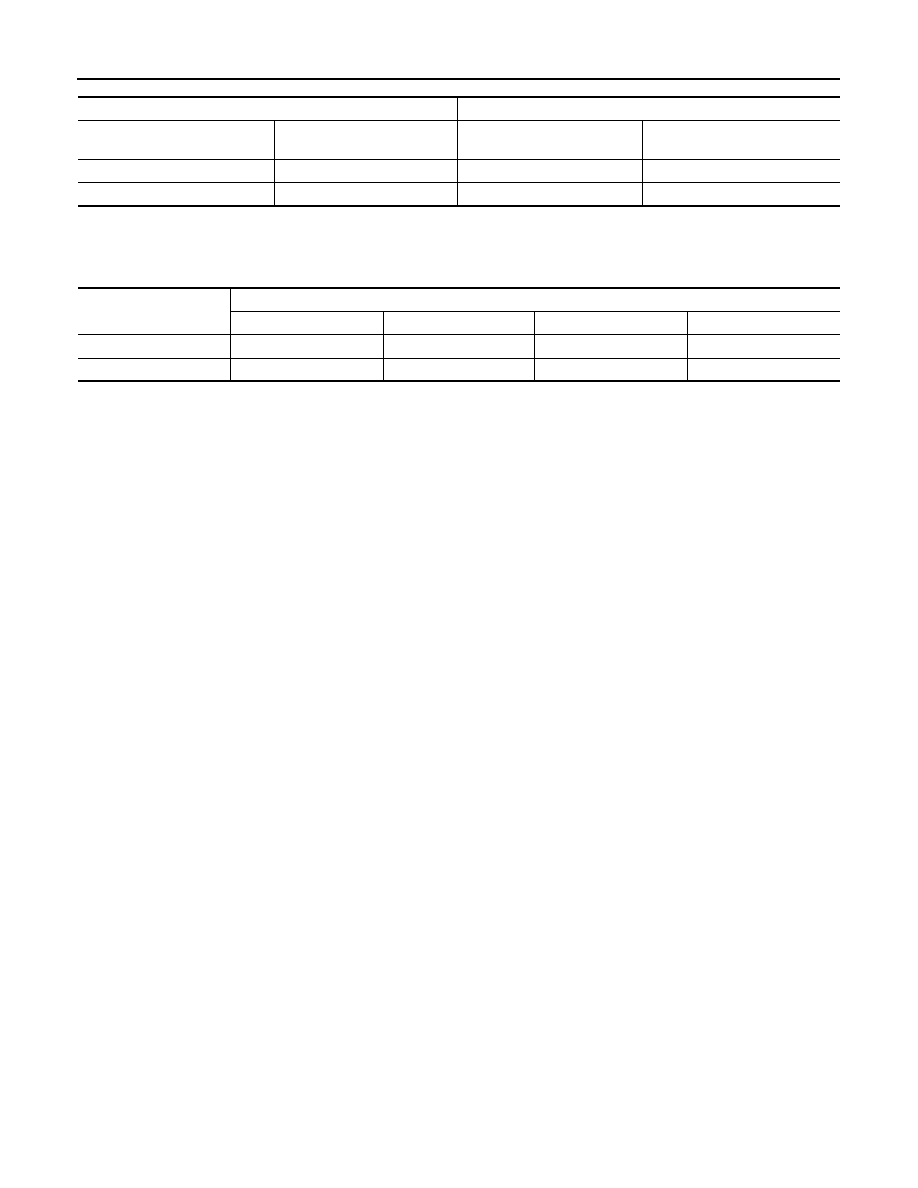Nissan Maxima. Manual - part 836

MA-18
< PERIODIC MAINTENANCE >
RECOMMENDED FLUIDS AND LUBRICANTS
Coolant Mixture Ratios
When checking the engine coolant mixture ratio by the coolant hydrometer, use the chart below to correct your
hydrometer reading (specific gravity) according to coolant temperature.
Mixed Coolant Specific Gravity
Unit: specific gravity
WARNING:
Do not remove the radiator cap when the engine is hot. Serious burns could be caused by high pres-
sure fluid escaping from the radiator. Wait until the engine and radiator cool down.
CAUTION:
• When adding or replacing coolant, be sure to use only Genuine NISSAN Engine Coolant or equiva-
lent in its quality with the proper mixture ratio.
• The use of other types of engine coolant may damage your cooling system.
For outside temperatures down to:
Anti-freeze coolant mixture ratio
° C
° F
Genuine NISSAN Engine
Coolant or equivalent
Demineralized water or distilled
water
– 15
°
5
°
30 %
70 %
– 35
°
– 30
°
50 %
50 %
Engine coolant mixture
ratio
Coolant temperature
°C (°F)
15
° (59°)
25
° (77°)
35
° (95°)
45
° (113°)
30%
1.046 - 1.050
1.042 - 1.046
1.038 - 1.042
1.033 - 1.038
50%
1.076 - 1.080
1.070 - 1.076
1.065 - 1.071
1.059 - 1.065